Al fin que con o sin constraprestaciones comerciales del FX-2 el KC-390 ya tiene suficientes socios para ser otro éxito de la EMBRAER.
Saludos.



Chaco escribió:Sobre el sistema antiaéreo de cañón-misil Pantsir-S, que sería para garantizar la seguridad durante el Mundial de Fútbol que se organiza entre junio y julio de 2014, que tan adelantada esta dicha negociación ya dicho evento está a la vuelta de la esquina.
Mi saludo y respeto.





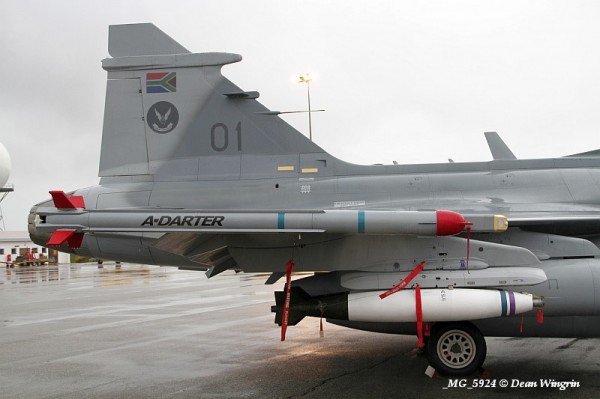


La Fuerza Aérea Brasilera adquiere los vehículos aéreos no tripulados Hermes 900
maquina-de-combate.com 31/03/2014 La Fuerza Aérea Brasilera adquiere los vehículos aéreos no tripulados Hermes 9002014-03-31T13:56:52+00:00 Fuerzas Aéreas
[maquina-de-combate.com <> 31Mar2014-03] La corporación israelí Elbit Systems anunció el pasado 26 de marzo, que se ha adjudicado un contrato de la Fuerza Aérea Brasilera (FAB) para la manufactura y entrega de un número no determinado de vehículos aéreos no tripulados Hermes 900, equipados con un avanzado sistema de recolección de inteligecia de última generación. Esta aeronave será utilizada en misiones combinadas con los Hermes 450 que la FAB ya tiene en servicio, incluyendo la sombrilla de seguridad para la copa mundial de fútbol FIFA 2014.
El valor del contrato tampoco ha sido divulgado por Elbit Systems, pero sí ha indicado que los Hermes 900 serán entregados en los próximos dos meses. La FAB es el octavo cliente en adquirir este tipo de aeronaves no pilotadas, útiles para misiones de vigilancia,inteligencia, protección de fronteras y de infraestructura crítica, ya sea civil o militar, policiales, seguridad de eventos de gran magnitud, entre otros.
El Hermes 900 ofrece mayor alcance, un techo de servicio de 30 mil pies, mayor carga de pago, variedad de sistemas de vigilancia o inteligencia (EO/IR/Laser, SAR/GMTI & MPR, COMINT/DF, COMINT GSM, CoMMJAM, ELINT, EW, sistemas de escaneo de grandes áreas, con hasta un peso de 350 kilogramos) capacidad para operar en clima adverso, peso máximo de despegue de1,180 kilogramos. operaciones altamente autónomas (despegue y aterrizaje independiente), permanencia en el aire de hasta 36 horas, aviónica de avanzada, capacidad para operaren conjunto con el Hermes 450 desde una misma estación terrestre de control, posibilidad para transmitir imágenes utilizando diversos sistemas de comunicaciones.
La subsidiaria del fabricante en Brasil, AEL Sistemas, será la encargada de proveer el paquete de soporte de ingeniería, logística y servicios de mantenimiento.



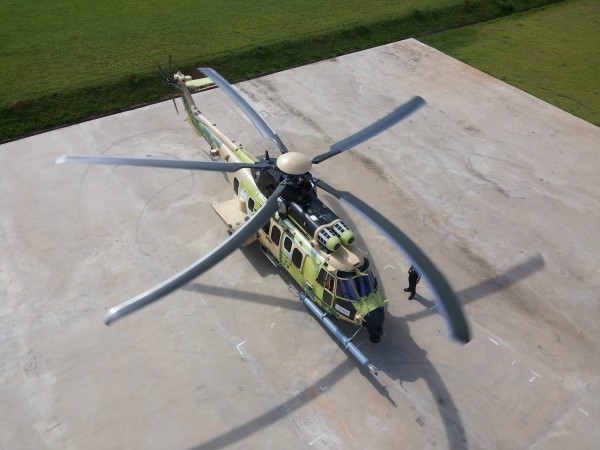

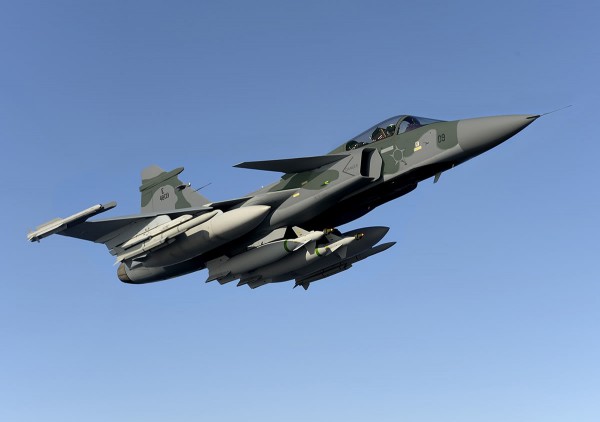



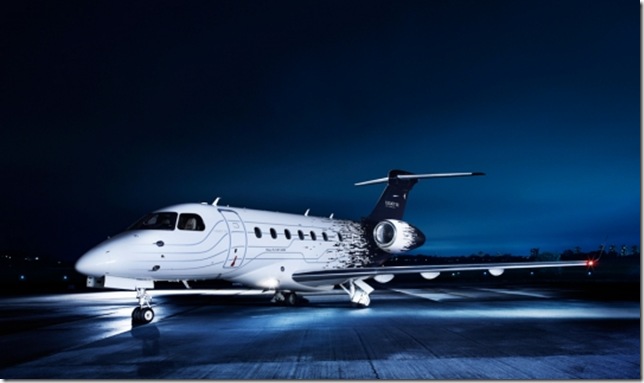


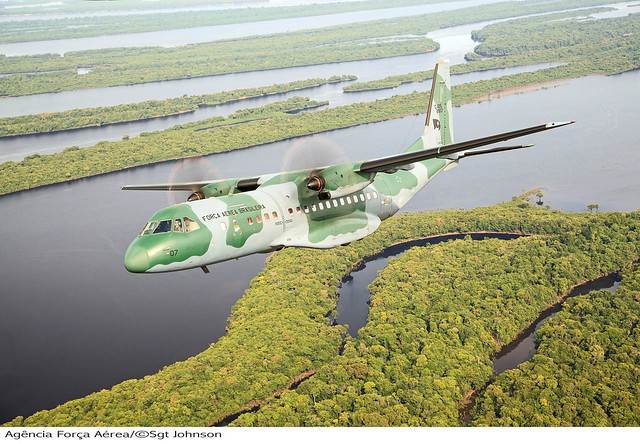

Brasil escribió:La Fuerza Aérea Brasileña adquire 6 nuevos Embraer Phenom 500

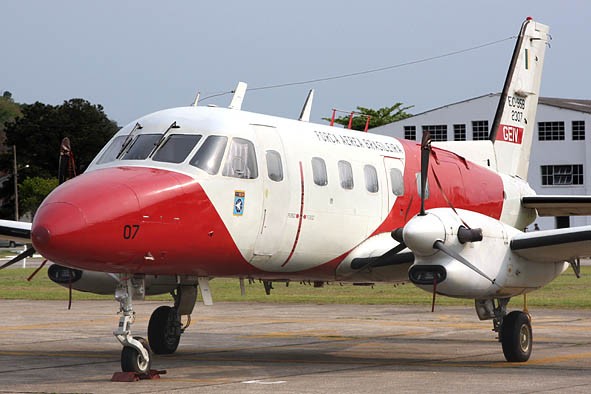

The State Department has made a determination approving a possible Foreign Military Sale to Brazil for AGM-84L Harpoon Block II Missiles and associated equipment...


OliverBR escribió:Y ese otro detalle:The State Department has made a determination approving a possible Foreign Military Sale to Brazil for AGM-84L Harpoon Block II Missiles and associated equipment...
sds.

The proposed sale will contribute to the foreign policy and national security of the United States by helping to improve the security of Brazil, which has been, and continues to be, an important force for regional stability and economic progress in South America.
Usuarios navegando por este Foro: ClaudeBot [Bot] y 4 invitados